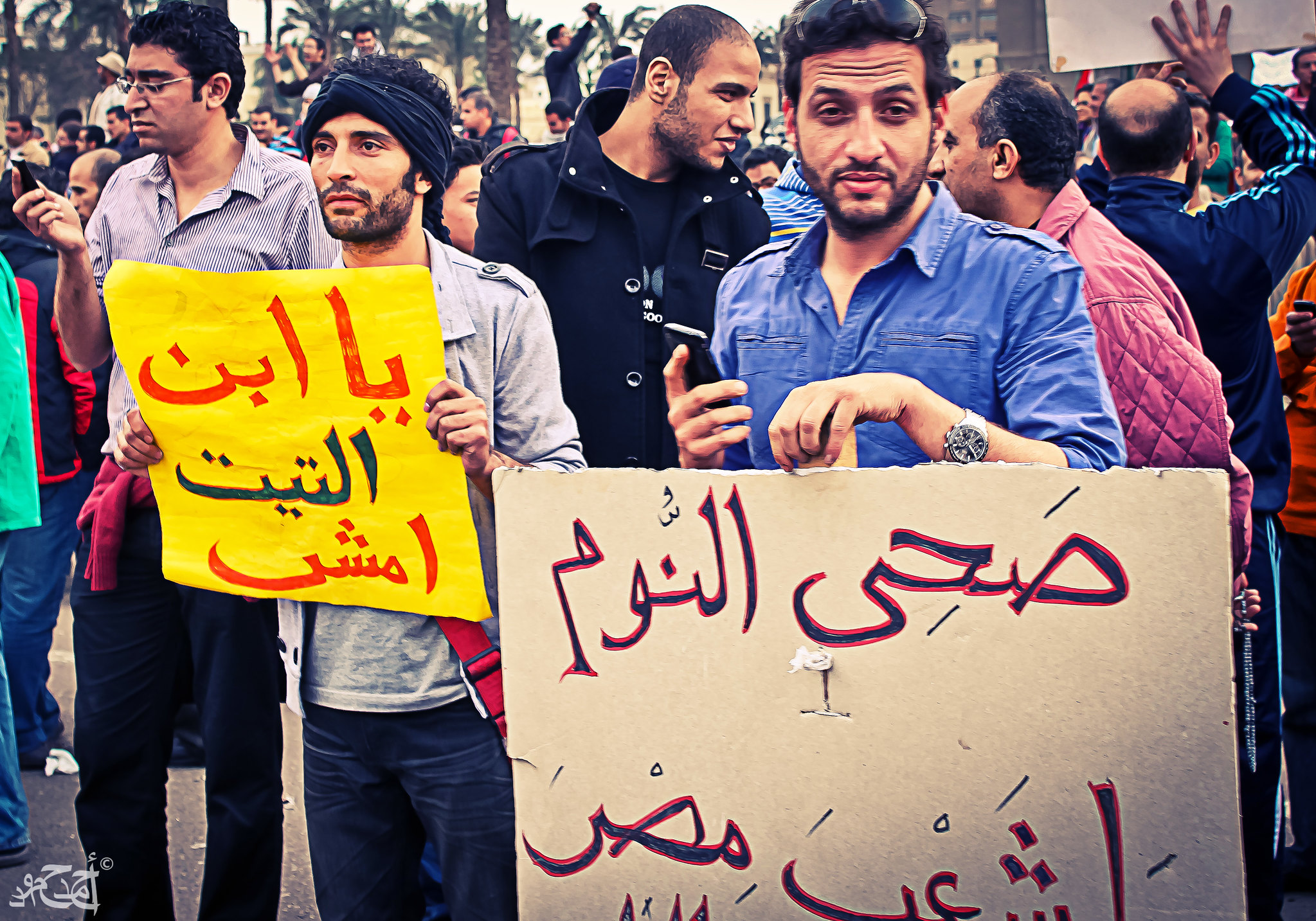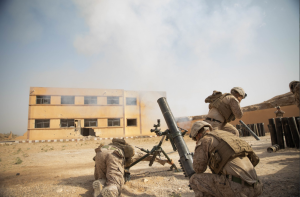By Emile Nakhleh
As street protests continue unabated in Lebanon, Iraq, Iran, Algeria, and other Middle Eastern countries, regimes have used the social media platforms and traditional media to track, control, and repress their citizens. Iran has shut down the Internet and other digital platforms. Since traditional media and journalism outlets, especially newspapers and television have always been owned by the state, regimes have been adept at manipulating these media platforms.
As social media has become more technologically advanced and ubiquitous, and as Middle Eastern youth have flocked to the Internet and digital platforms, including Facebook, Twitter, WhatsApp, and Instagram, regimes have begun to exploit new ways and technologies to control their people and track their dissidents, domestically and internationally. In response to street protests this week, Iran blocked much of the Internet in the country.
Most Middle Eastern states, other than Israel and Lebanon, have controlled all media outlets—first Television, then the newspapers, and more recently the new social media. The print media in these states are either muzzled, sycophantic, or governed by self-censorship.
Journalism and Political Upheavals
Journalism and the media have played a pivotal role in popular movements in the Middle East in the past half century. The Iranian Revolutionary leadership under Khomeini in the mid to late 1970s used the cassette to communicate its message to the Iranian people. A decade later, the Palestinian Intifada in the late 1980s used the fax machine as the preferred medium of communication. Saddam Hussein and his Arab supporters used Television, radio, and newspapers to defend his war against Iran in the 1980s.
Terrorist organizations including Al-Qa’ida, AQAP (Al-Qa’ida in the Arabian Peninsula), the Islamic State in Iraq, and the Islamic State in the Levant both use the Internet and traditional media outlets such as Al Jazeera to broadcast their terrorist messages to the world. In recent years, ISIS or Daesh heavily relies on electronic media and the dark side of the Internet to communicate with its followers. ISIS also uses YouTube, videos, and other social media platforms to broadcast its gruesome executions.
The Rise of Al Jazeera
The creation of Al Jazeera in Doha, Qatar in 1996 was a unique phenomenon in Arab political discourse. Founded and financed by Qatar, Al Jazeera was run in its early years largely by former employees of the BBC’s Arabic Section. For the first time in the modern history of Arab media, Al Jazeera began to present live programming of political debate with different points of view on social, political, and religious issues. Consequently, Al Jazeera generated millions of followers and naturally created many enemies, especially among some regimes and foreign countries. Al Jazeera played a critical role in helping to foster a regional Arab mode of conversation through modern standard Arabic or MSA.
Al Jazeera was the first major media platform to broadcast Bin Laden’s messages after 9/11, which understandably roiled American policymakers. So much so, that some even suggested targeting the network. Al Jazeera was singled out for criticism by the Saudi-Bahraini-UAE leaders as they tried to justify their politically motivated boycott of Qatar, which started in June 2017. The Qatari leadership relied heavily on Al Jazeera to discredit and undermine the boycott. In the past two and a half decades, Al Jazeera (Arabic and English) became a major source of news in the Arab world and globally.
Social Media and Regime Repression
According to the October 19 Arab Barometer Report on Politics and Social Media in the Middle East and North Africa, almost all Internet users in the Middle East and North Africa use social media for at least two hours a day, with nearly half of them being heavy users. Facebook is used by 74% of Internet users.” Furthermore, over a third of all citizens in the region “cite social media as their primary source information for breaking news.”
Social media in the Middle East plays several important roles. It is used by regimes as a tool of regime repression. Citizens activists, however, use social media for mobilization, communication, and empowerment. The Green Revolution in Iran in 2009 and currently, the Arab Spring in 2011, and the current street protests in Lebanon, Iraq, Iran, Egypt, Algeria, and elsewhere have used social media for mobilization and information.
More importantly, social media has acted as a virtual town square for Arab publics—a welcome development, especially when a physical town square is severely restricted by autocratic regimes. As a tool of socialization, social media has helped Arab citizens discuss their varied social, cultural, and political identities through humor, art, music, and political discourse.
Sadly, the more advanced media technology has become, the wider its reach is, and the more vicious regime repression of dissidents has become. Many regimes have shuttered different media platforms, including the Internet, Twitter, Facebook, WhatsApp, and Instagram. They have harassed, arrested, tortured, and killed social media activists, regardless of how peaceful or benign the dissent is.
The gruesome killing and dismemberment of Washington Post Journalist Jamal Khashoggi by the Saudi regime a year ago is but one vulgar example of the lengths to which regimes have gone to silence the opposition on social media.
Regimes in Saudi Arabia, Bahrain, Egypt, the United Arab Emirates, and others have used Israeli cybersecurity technology to target and track their dissidents on social media, from Turkey to Canada and from England to Malaysia. The Israeli NSO Group has sold its tracking and hacking technology to dictators and autocrats around the globe, from Saudi Arabia to India, including several Arab autocratic regimes. NSO’s software program Pegasus has allowed hackers to access phone calls and messages, including Twitter and WhatsApp, of such Saudi dissidents as Jamal Khashoggi and Omar Abdulaziz, an asylum seeker in Canada.
The pervasive use of Israeli and other surveillance technologies by autocratic regimes has resulted in wholesale, systemic human rights violations. The New York Times reported earlier this month that the Department of Justice has accused two Twitter employees, Ali Alzabarah, a Saudi citizen, and Ahmad Abouammo, an American citizen, “of using their positions and their access to Twitter’s internal systems to aid Saudi Arabia by obtaining information on American citizens and Saudi dissidents who opposed the policies of the kingdom and its leaders.” The Department of Justice also charged Ahmed Almutairi, a Saudi citizen, with acting as an intermediary between Alzabarah and Saudi intelligence and government close to the Crown Prince Mohammad bin Salman for the purpose of transmitting sensitive information about Twitter users to the Saudi regime.
Based on this reporting, Omar Abdulaziz, the Saudi dissident in Canada, has sued the Israeli NSO Group and Twitter for helping the Saudi regime track and silence all those calling for reform and freedom in Saudi Arabia.
Regime repression through social media platforms is directed not only against dissidents but against political and social reform, civic engagement, human rights, and democracy.
Where Do We Go from Here?
As critical technologies advance, social media is destined to play an even larger role in defining, distorting, and conveying the “truth.” Whereas traditional journalism relies on at least two sources to corroborate a piece of information, social media invariably posts claims with no regard for facts or the truth. Cyber warfare on the media and journalism in general is fanned more and more by regimes for control, influence, and suppression of any opposing views. Regimes and single-issue leaders tend to use social media and journalism in general to sow divisiveness, dystopia, and narrow-minded tribalism and partisanship.
If these trends continue, democracy itself will be at risk. Global influences on journalism through hacking, fake messaging, and financial constraints are making it more difficult to safeguard a country’s democratic ideals and institutions.
In order to combat this assault on journalism, informed and concerned citizens must start “democracy labs” on every street corner and in every neighborhood to educate their fellow citizens of the dangers of media bashing and of the dangers of fake news.
As free and fair elections are the backbone of a vibrant democracy, the sanctity of the ballot box must be protected and guaranteed for all citizens regardless of race, color, ethnicity, gender, national origin, or religion.
Education from grade school to college must emphasize the value of the truth and the need to examine different hypotheses using a multiplicity of sources and methods of inquiry. Educators should endeavor to create a culture among their students of checking sources to verify whatever claims they read on the Internet and any other social media platform.
If social media is allowed to run amok without guidelines or legal protocols, it could pose a grave danger to American national security, both domestically and globally.
This article was republished with permission from The Cipher Brief, where it originally appeared.





